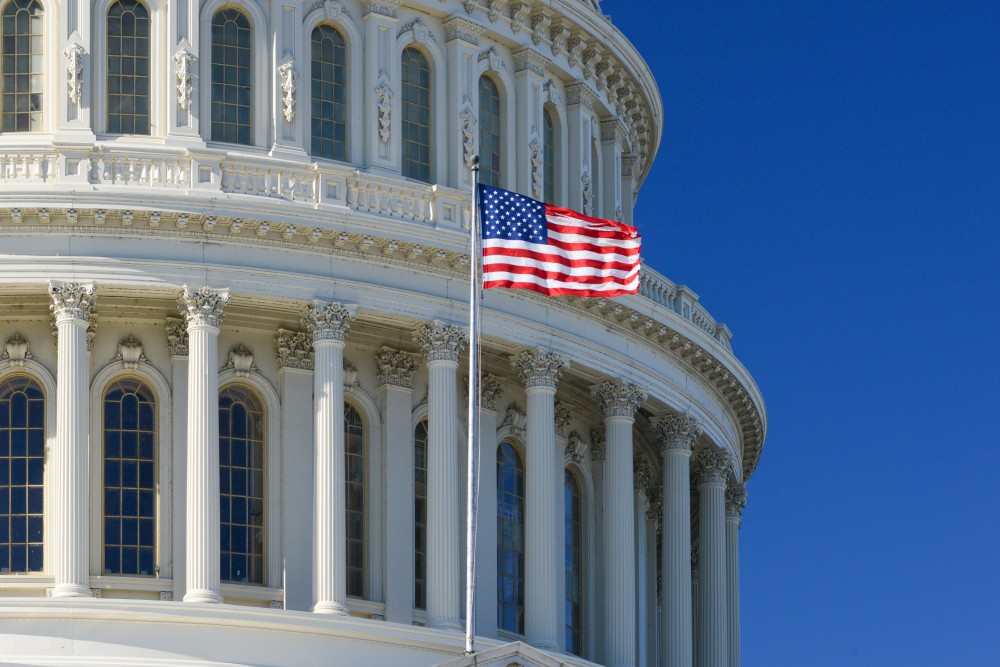
More than $6 billion in cuts to the Prevention and Public Health Fund (PPHF) included in legislation passed by the House of Representatives earlier this month could hinder how the United States responds to public health crises, an infectious disease expert says.
The CHAMPIONING Healthy Kids Act, H.R. 3922, passed the House on Nov. 3 and would extend funding for the Children’s Health Insurance Program (CHIP) through fiscal year 2022 and fund Federally Qualified Health Centers through FY 2019. It also would reauthorize funding through FY 2019 for the National Health Service Corps (NHSC), among other programs.
To offset the costs of funding those public health programs, the bill would cut $6.35 billion from the PPHF over 10 years – cuts that Dr. Paul Auwaerter, president of the Infectious Diseases Society of America, told Homeland Preparedness News would negatively impact public health and national security.
“The prevention fund makes up over 12 percent of the Centers for Disease Control’s budget, and a significant cut to the fund will have a very troubling impact on CDC efforts to prevent infections and respond to outbreaks in communities and health care settings,” Auwaerter said.
The PPHF was created under the Affordable Care Act to fund programs authorized for prevention and public health activities. Auwaerter said the fund supports several vital programs designed to prevent, monitor and respond to infectious diseases.
“The prevention fund supports immunization programs that provide access to immunizations, respond to outbreaks of vaccine-preventable illnesses, and supports the establishment of adult immunization registries – important tools to increase and track adult immunization rates,” he said.
Other programs supported by the fund include those focused on managing emerging health issues, such as outbreaks of foodborne infections and waterborne diseases. In addition, the fund supports Alzheimer’s disease prevention and detection, as well as diabetes, heart disease and stroke prevention strategies, and many other programs.
“The fund also supports activities to study and prevent health care-associated infections, including those caused by antibiotic-resistant pathogens,” Auwaerter said. “Finally, the fund supports epidemiology and laboratory capacity that is necessary to track and respond to infectious disease threats.”
Auwaerter and organizations that oppose reducing funding for the PPHF also do not support cutting funds for CHIP, NHSC and community health centers. Auwaerter does not see one program as more important than another.
“CHIP, NHSC and community health centers are all important programs that play vital roles in our public health and health care system,” he said. “We support full funding for all of these programs, but not at the expense of the CDC, which is also essential for public health.”
He added, “These programs are integrated and depend upon one another to reach their full potential.”
The diversion of funds from the PPHF has been opposed by a number of health organizations, including the American Heart Association, the American Lung Association, the American Diabetes Association, the American Cancer Society, the American Academy of Pediatrics and the National Association of County and City Health Officials (NACCHO).
Laura Hanen, the interim executive director and chief of government affairs for NACCHO, wrote a letter to House leaders in October on behalf of nearly 3,000 local health departments protesting any proposals to cut or divert money from the prevention fund.
Eliminating or reducing the PPHF would impede federal, state and local efforts to improve health, including the Epidemiology and Laboratory Capacity (ELC) program, which provides $40 million to improve the ability of states and cities to detect, diagnose and contain disease outbreaks. The ELC program was critical in the midst of the Zika virus outbreak, the letter said.
The PPHF also supports the Section 317 immunization program, which helps state and local health departments purchase vaccines for at-need populations and immunization program operations, Hanen wrote.
The program is vital to preventing and responding to vaccine-preventable disease outbreaks, and building epidemiology and laboratory capacity in all states. The PPHF provides 53 percent of the funding, or $324 million, for the 317 Immunization Program, the letter said.
“The near elimination of the Prevention and Public Health Fund would result in deep cuts to local health departments’ activities, including responding to infectious disease outbreaks including Hepatitis A, mumps, and measles, as well as recovering from hurricanes and forest fires,” Hanen said in written remarks on Nov. 1.
Democrats have said the House bill forces Congress to make a choice between cutting funding for important public health programs in order to provide funding to maintain others.
“Cutting nearly half of the funding from the Prevention Fund could cripple our public health prevention, preparedness, and response capabilities,” minority members of the House wrote in statements that were included in an Oct. 19 congressional report submitted by Rep. Greg Walden (R-OR).
Hundreds of millions in proposed cuts to the prevention fund next year would come amid a series of public health crises, the congressmen noted.
“From the lead crisis in Flint, to the international Zika and Ebola outbreaks, to the opioid epidemic, and now to our response to the trio of hurricanes that have devastated Texas, Florida, Puerto Rico, and the Virgin Islands, we have relied on CDC to be on the front lines to help protect the health of all Americans,” the lawmakers wrote.
H.R. 3922 continues to be considered by Congress. The Senate version of the bill, meanwhile, does not propose diverting money in the Prevention and Public Health Fund to pay for other programs.




